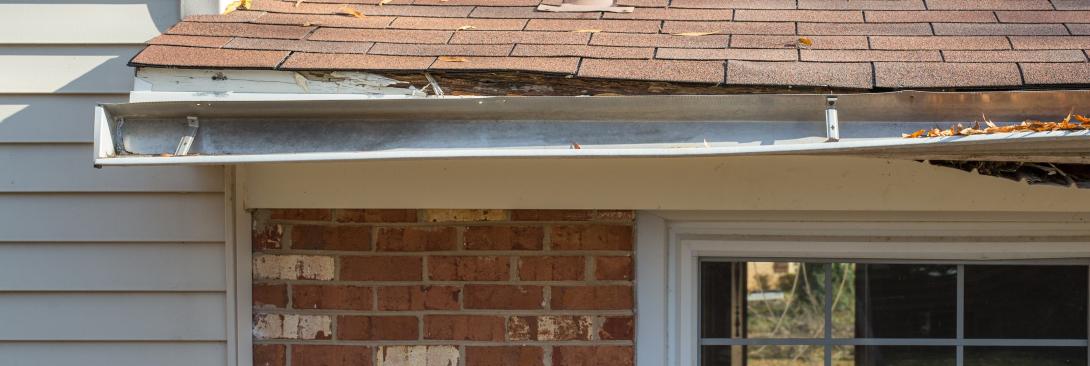
Roofing
Sealing Eaves with Self-Sealing Membrane
Sealing the eaves in cold climates can help prevent the water from seeping through roof shingles and underlayment. Sealing the eaves is accomplished using a self-sealing bituminous membrane with a peel-and-stick adhesive backing or a similar product. The membrane is installed over the drip edge and before the roofing felt (underlayment).
Cold climates present a special challenge to a home's roof. During the cold months when snow and freezing rain fall, freeze-thaw cycles can lead to the formation of ice dams. Good air sealing of the ceiling plane and/or roof deck can help protect the roof from ice dam damage.
The self-sealing bituminous membrane should be installed on a clean roof deck after the eave drip edge has been installed.
The bituminous membrane should be cut to length. For extremely long eaves, it can be cut to shorter length and applied so that sections overlap in shingle fashion.
The material should be secured in place using a heavy roller. It should lay flat with no gaps, creases, or folds.
The underlayment should be installed directly over the membrane, followed by the rake drip edge.